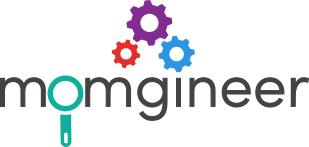What is STEM?
The four pillars of STEM are science technology, engineering, and mathematics. Blending the four pillars together creates a unique learning opportunity for students.
Why is STEM important?
While STEM careers are on the rise, other skills are learned while utilizing STEM. Teamwork, perseverance, and communication are essential for the success of a STEM program.
How to start implementing STEM today:
Find a problem to solve.
Research how similar problems have been solved.
Ask why it’s important to solve the problem.
Learn relevant mathematic and scientific principles you will need to apply.
Determine the materials you need.
Create a plan based on research, imagination, and available materials.
Construct a prototype and test it.
Make improvements as necessary.
Reflect on what worked well and what didn’t.
Discuss the impact the solution could have on the user or society.
Resources to Get Started with STEM Today
In a Group:
Start with these 20 STEM challenges to explore various science concepts and engineering disciplines. Why?
- They use simple materials and need very little preparation.
- Students will earn important engineering terms to expand scientific vocabulary and understanding.
- Students are guided through the engineering design process with the included recording pages or graphic organizer.
- These give students the opportunity to experience STEM, even if you are on a tight budget.
Independent Learning:
Start with this STEM Classroom Pack. Set up a makerspace with basic office and school supplies and let students work on their projects as they have time.
Set up Your Makerspace
Get recommendations on great resources for setting up your makerspace.
Tools for Teachers
Find great tools for STEM teachers here:



